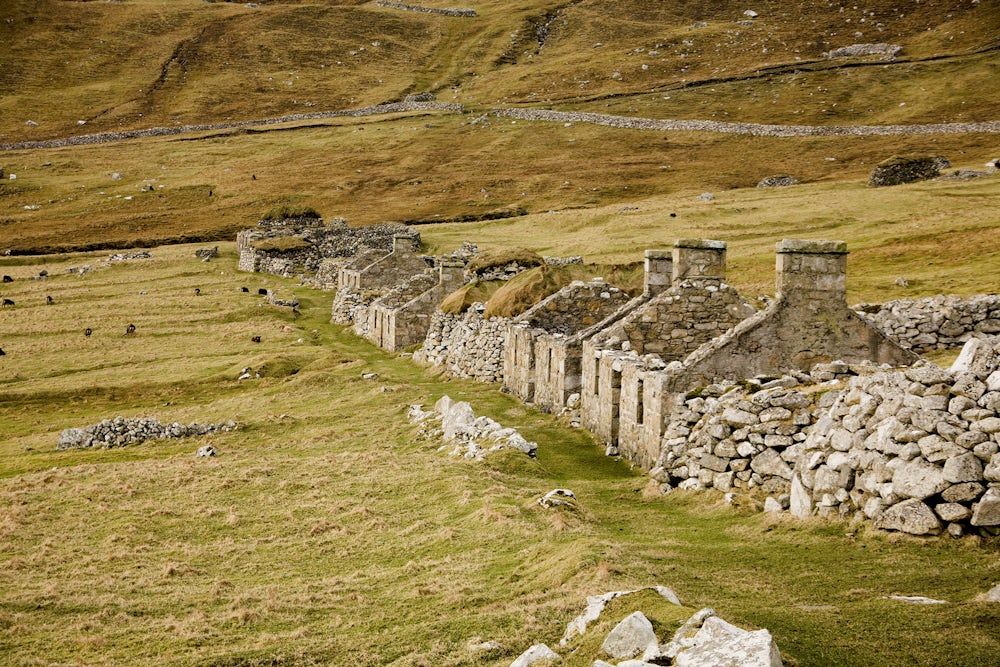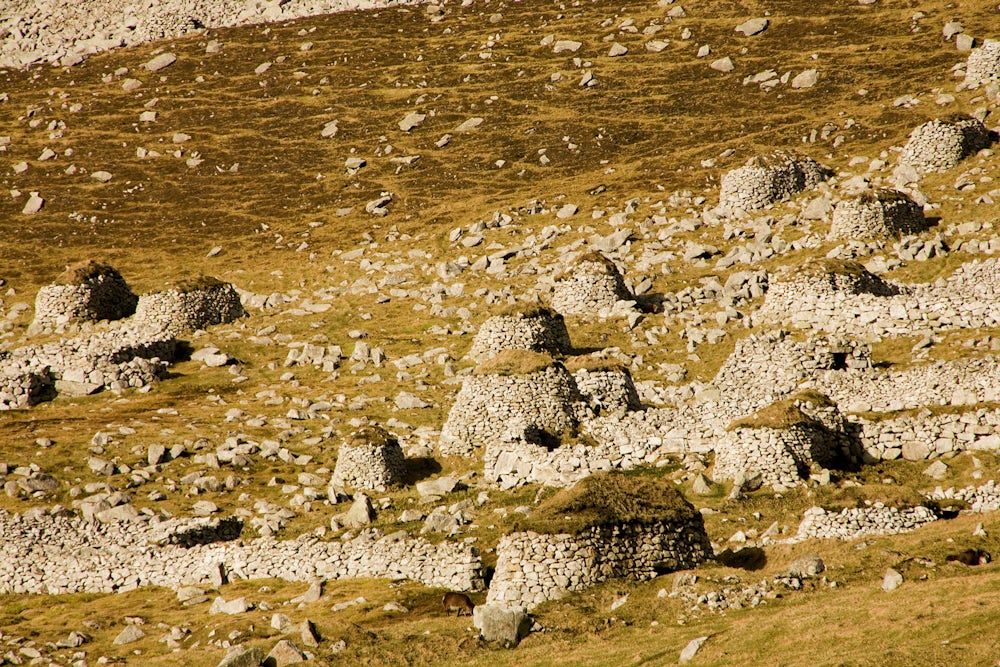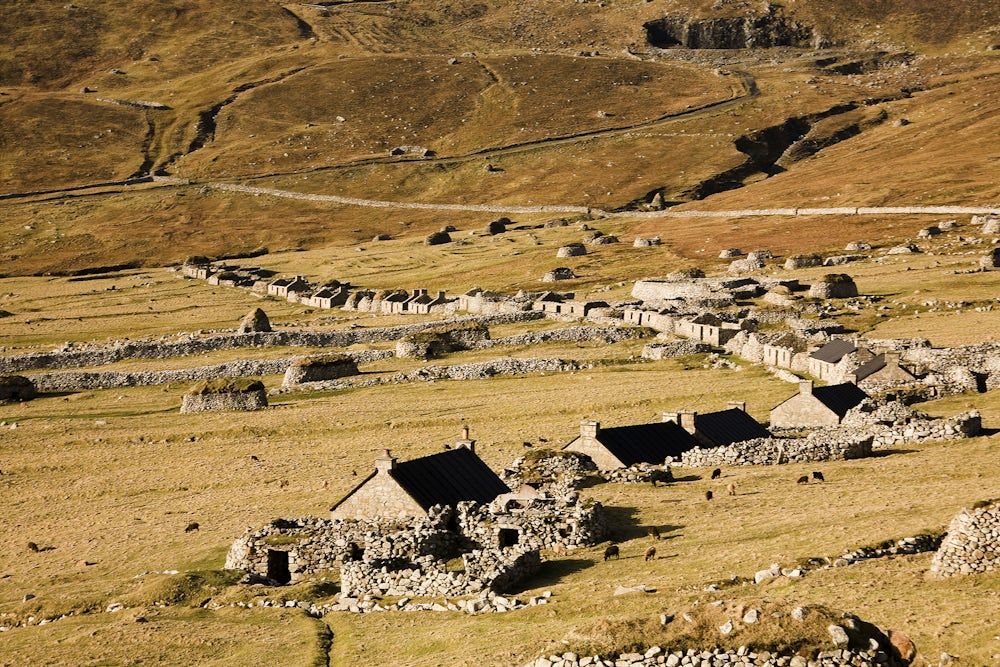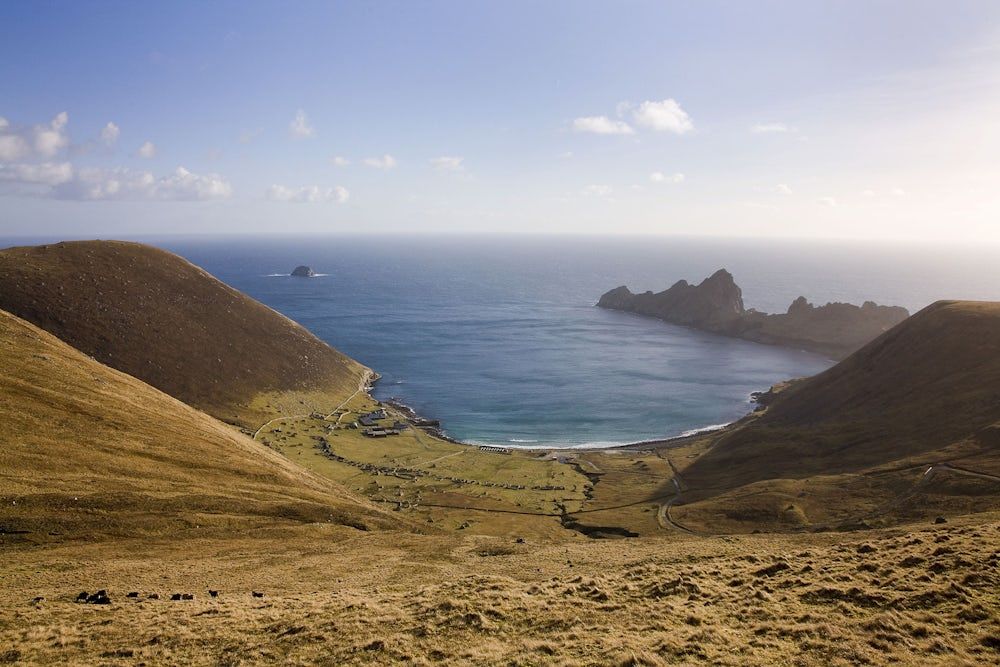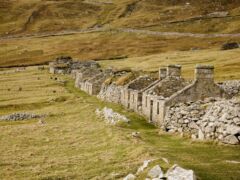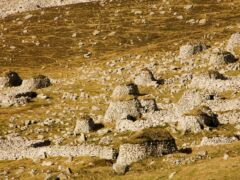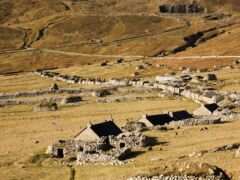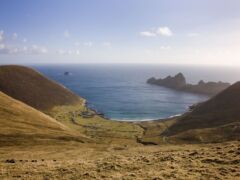Страна:
Регион:
Другие названия:
Значение:
Время визита:
Описание:
This volcanic archipelago, with its spectacular landscapes, is situated off the coast of the Hebrides and comprises the islands of Hirta, Dun, Soay and Boreray. It has some of the highest cliffs in Europe, which have large colonies of rare and endangered species of birds, especially puffins and gannets. The archipelago, uninhabited since 1930, bears the evidence of more than 2,000 years of human occupation in the extreme conditions prevalent in the Hebrides. Human vestiges include built structures and field systems, the cleits and the traditional Highland stone houses. They feature the vulnerable remains of a subsistence economy based on the products of birds, agriculture and sheep farming.
There have been people on St Kilda since prehistoric times, exploiting the rich resources of the sea, growing crops and keeping animals. It’s not clear when the first settlers came to St Kilda, but simple stone tools found on Hirta suggest that Bronze Age travellers may have visited St Kilda from the Western Isles some 4,000–5,000 years ago. In the 1830s the Rev Neil Mackenzie found what were probably the remains of burial cists in Village Bay. Excavations in 1995 revealed a possible burial structure dating from the Bronze Age.
The village as we see it today was laid out by the Reverend Neil Mackenzie in the 1830s and consists of a crescent of houses with associated cultivation plots, all within a head dyke. The houses built in the 1830s were typical Hebridean blackhouses – single-roomed, with the cattle being accommodated inside them in winter. In the 1860s new houses were built. These were of a standard Hebridean design with an entrance lobby, small closet behind, and two main rooms.
There are hundreds of cleits scattered around the village area. These are drystone storage structures unique to St Kilda and are found across all the islands and stacks in the archipelago, around 1,400 in total. They were used to store and dry birds, eggs and feathers, harvested crops, and peat and turf used for fuel.
Категории:
Тэги:
Метки:
Темы:
Зачем посещать:
Физподготовка:
Лучшее время:
Доступ:
Roads:
Open:
Clothing:
Seasonable
Connection:
Ok

